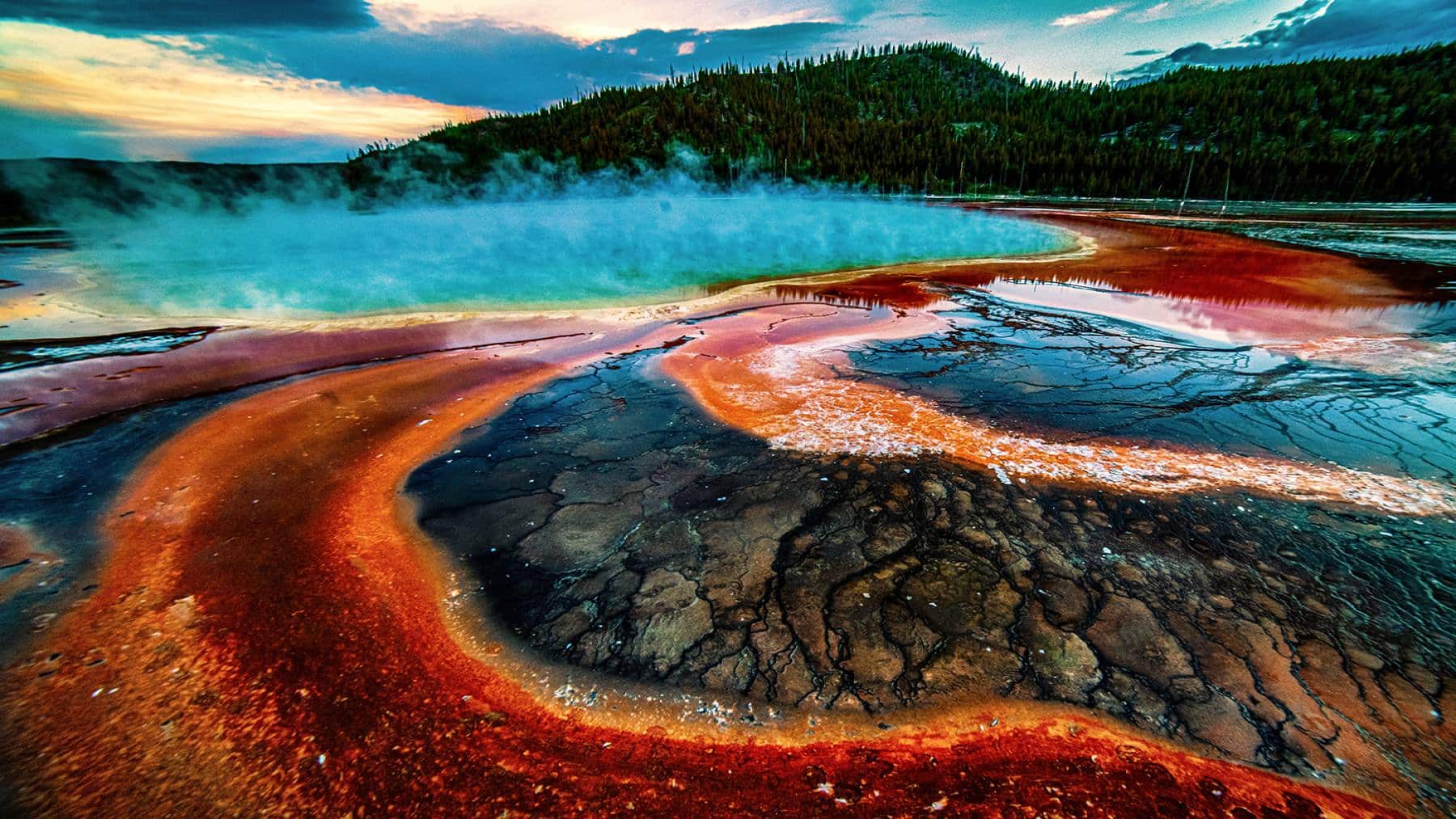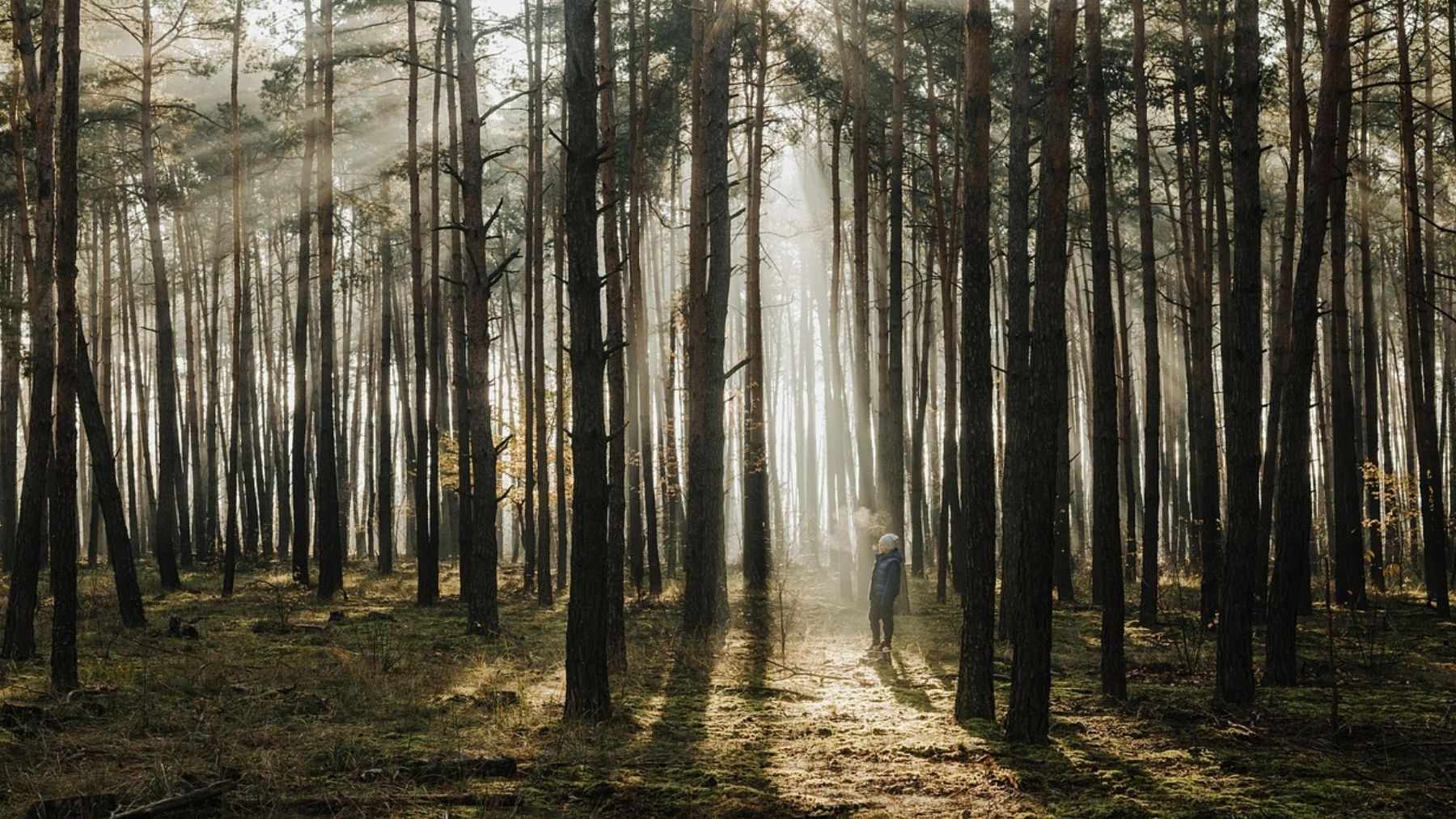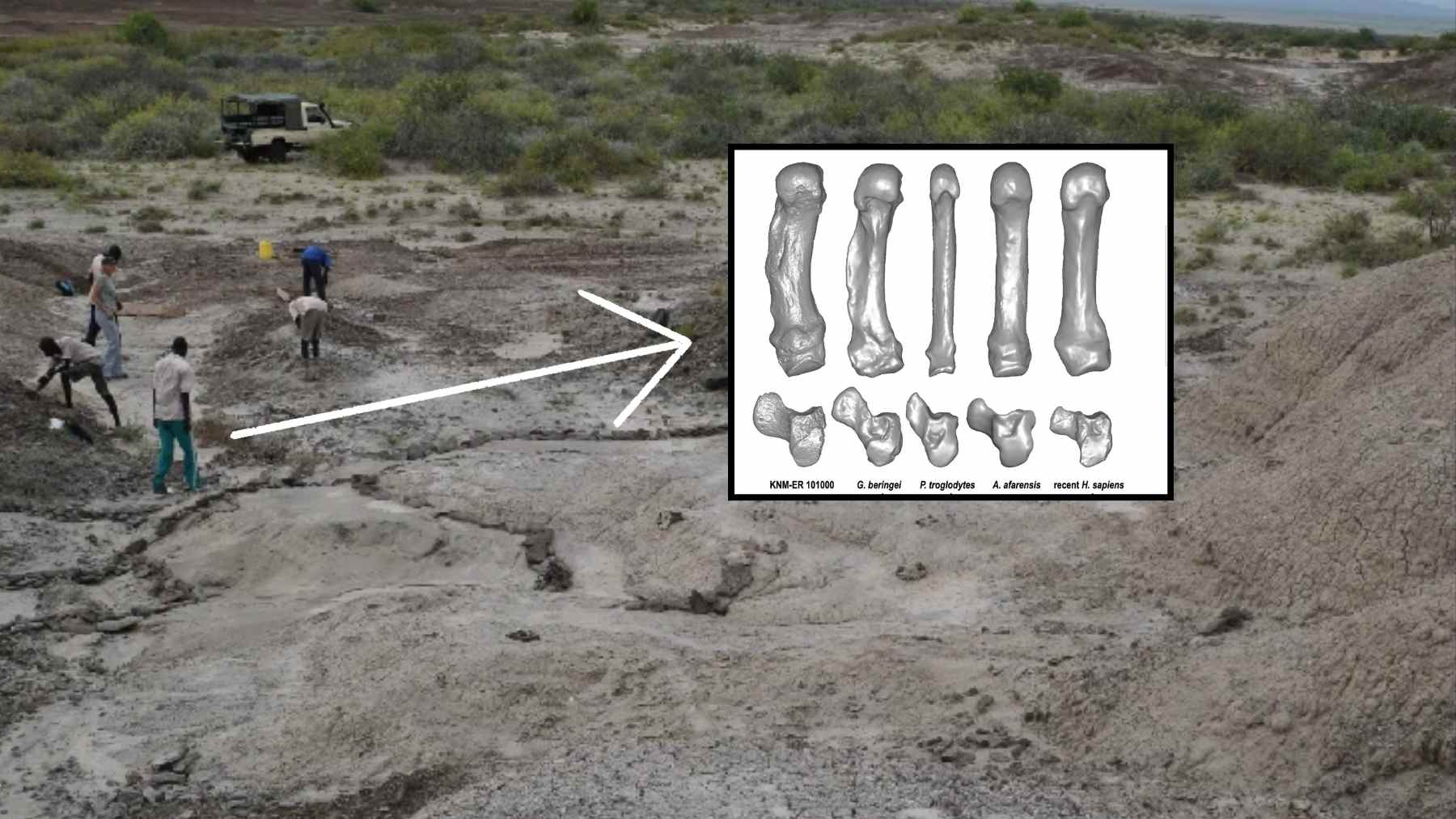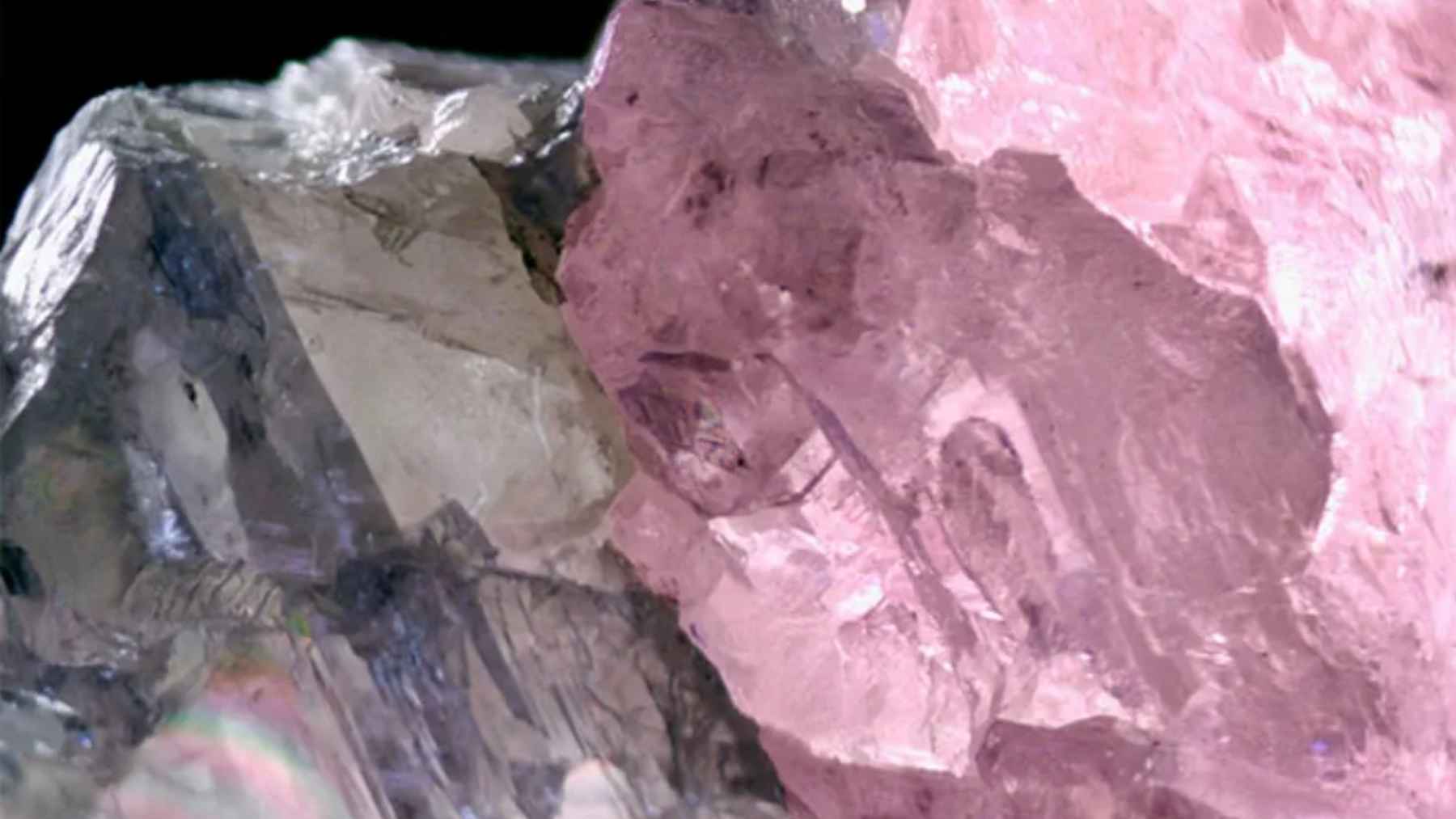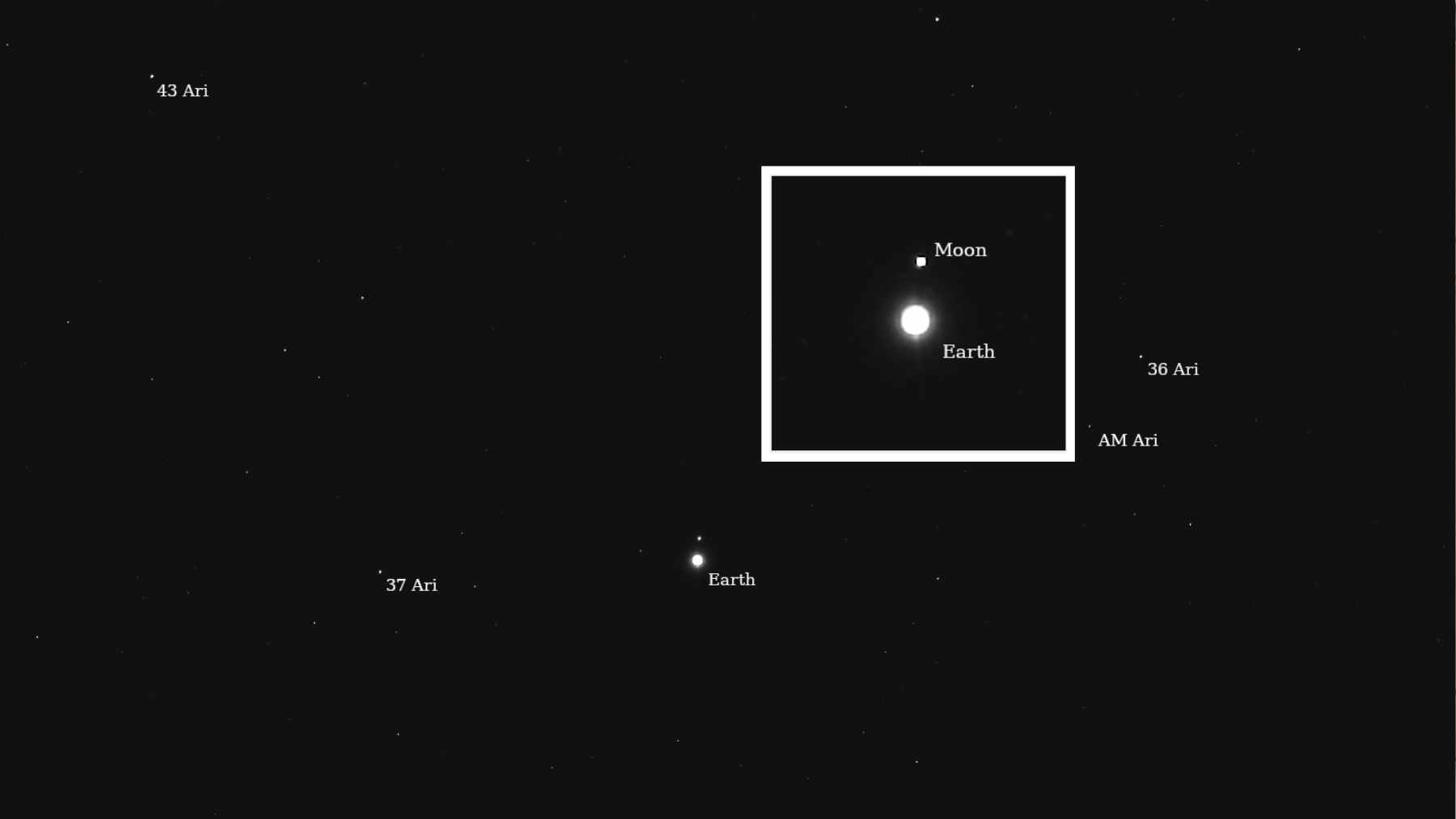The geothermal marvels and volcanic heritage that make Yellowstone National Park famous are starting to stir after lying dormant for 160,000 years. Research performed within the past few years unveiled intense magma shifting beneath the parking area, thus increasing the risk of volcanic activity. This article explores the recent findings about Yellowstone’s geothermal surroundings and establishes observation strategies and response plans to manage this natural geologic phenomenon.
Magma movement in Yellowstone: Uncovering a new chapter in volcanic history
The northeastern area of Yellowstone shows changes in magma distribution, although this region maintained geological stability for more than 160 thousand years. Scientists at the Yellowstone Volcano Observatory made an important discovery that pointed to fundamental changes within the supervolcano system. Scientific experts have reevaluated regional stability because magma exists and moves throughout this area.
Scientists observe magma movement as evidence that Yellowstone’s volcanic system continues to function through continuous transformations despite the absence of predictions about an upcoming eruption. Ongoing research and monitoring efforts are essential because the volcanic system demonstrates persistent evolution.
Advanced monitoring techniques: Staying one step ahead of volcanic activity
Through advanced technology, scientists track the ongoing volcanic operations at Yellowstone. The surveillance of seismic activity and changes in ground elevation serves as a vital method for observing alterations in volcanic processes. The Yellowstone region faced over 2,300 earthquake occurrences throughout 2023, along with its most powerful earthquake reaching magnitude 4.0 near West Yellowstone, Montana.
Seismic data from the park produces essential information, geochemical gas analysis, and thermal monitoring of its hydrothermal system. Researchers can learn about magma movements from the stepped-up activity at Steamboat Geyser. Researchers utilize multiple scientific techniques to predict upcoming risks, enabling them to warn neighboring areas on time.
Yellowstone’s geothermal wonders: A direct result of volcanic activity
The geothermal wonders of the world are contained within one place, and Yellowstone National Park is a shining example of that. The National Park is popular due to the extreme volcanic activity that has resulted in the construction of highly unique features like hot springs, grenades of boiling water known as geysers, mud pots, travertine terraces, fumaroles, and countless other hydrothermal features.
Hot Springs & Geysers: The Grand Prismatic Spring and Steamboat Geyser hot springs contain some of the hottest water on earth, leading them to be regarded as the best hot springs in the United States. Geysers are a form of hot springs with significant pressure within the tubes that leads them to sporadically erupt and squirt water into the sky, which is why geysers are considered some of nature’s most amusing spectacles.
Mudpots & Fumaroles: The park’s continuing geothermal activity is showcased when steam vents known as fumaroles continuously release hot steam. Like fumaroles, mud that boils and bubbles due to hot springs dissolving surrounding rocks also acts as an acid.
Preparedness & vigilance: How we’re staying ahead of potential volcanic activity
The primary goal of our activity is to observe and stay a step forward in the threats posed by volcanic activity. Experts believe an eruption is unlikely to happen in the near future due to magma activity below Yellowstone; the possibility has not been wiped off. It is highly advised always to have preparation plans ready if the system changes suddenly. As per the Yellowstone eruption timeline, there have been 3 significant eruptions during the last 2.1 million years, the last of which happened around 640,000 years ago.
The last reported lava flow event dates back around 70,000 years, but other smaller volcanic events like lava flows and hydrothermal explosions have happened frequently. Even against these timelines, these massive eruptions can be argued to be extremely rare. Nevertheless, the current geothermal activity indicates that the system is still active.
The latest magma mobilization underneath Yellowstone Volcano is a sign of the dawn of a new period in its eruptive history. While there is a high probability of a minor eruption, full-scale eruption is still avoided. Further studies, better monitoring, and increased attention to this area are important for the future. By implementing new technologies and informing the public, preparedness for what the future of Yellowstone volcano might bring can allow us to protect local populations and the international zone.
